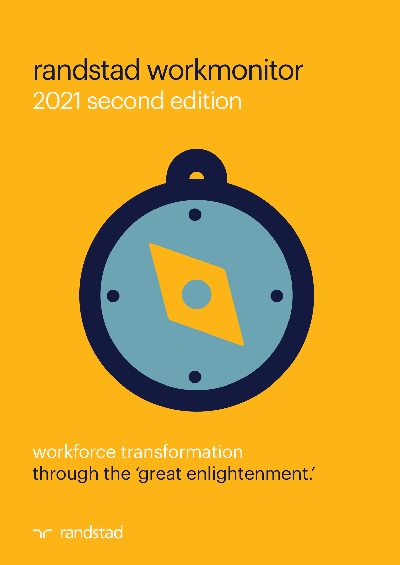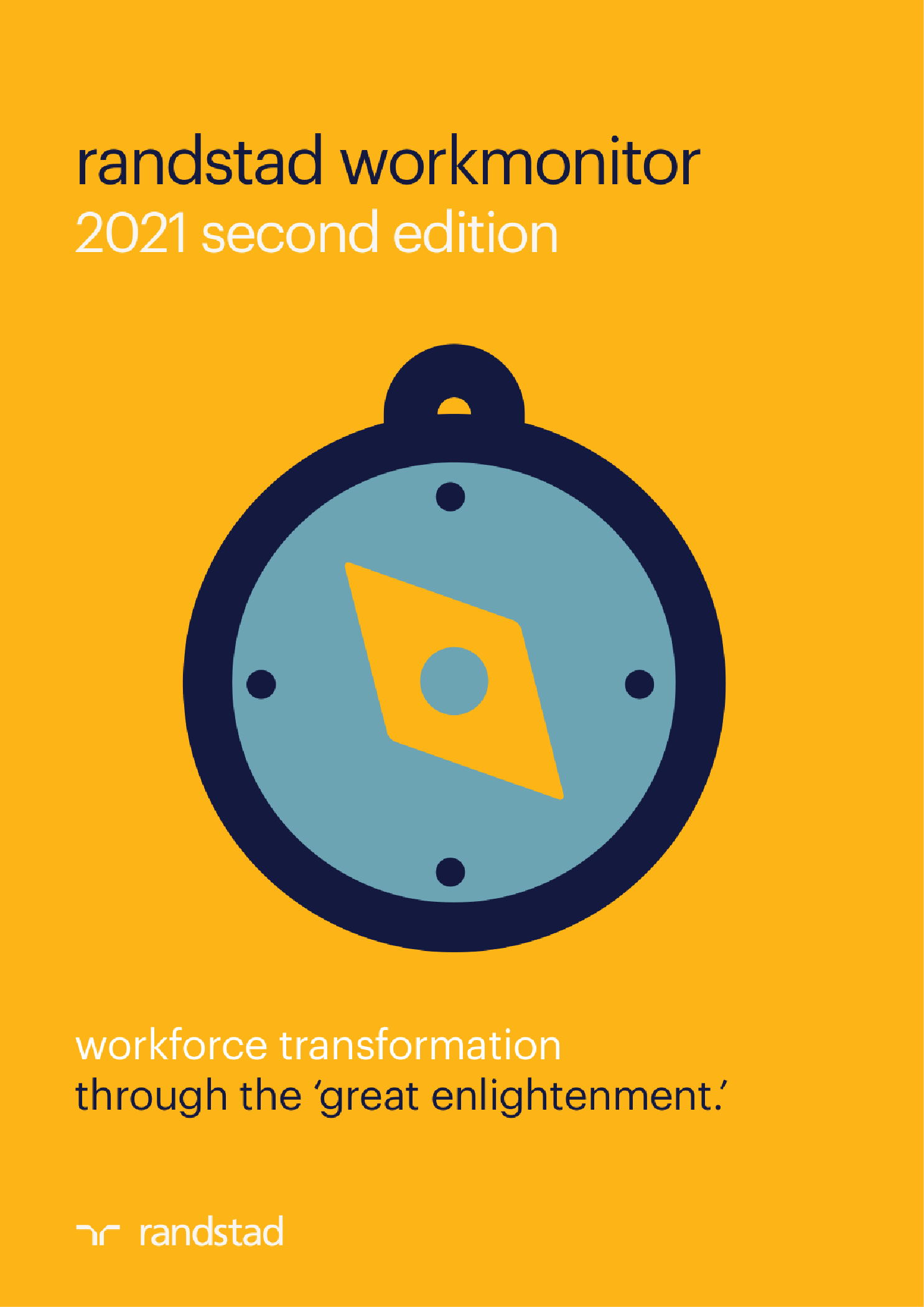



收藏
纠错
Without question, the pandemic has led to an abundance of unexpected dynamics.
Without question, the pandemic has led to an abundance of unexpected dynamics. Mass global layoffs followed by a surge in hiring in many markets have taken people on an economic roller coaster ride during the past two years. At the same time, however, the challenges of COVID-19 have revealed the resilience of workers everywhere, despite the hardships and life- changing challenges they've faced and continue to battle during this time. Throughout this period, our Workmonitor research has revealed a variety of noteworthy sentiments among the global workforce. For instance, early on in the pandemic, survey respondents told us that they felt supported by their employers even as workplaces shut down and layoffs cascaded across many labor markets. Later on, a strong desire to return to normalcy was accompanied by a feeling of optimism. In our latest research, another surprising trend has emerged in the wake of the Great Resignation: the "Great Enlightenment." We found that in spite of the unprecedented disruption and uncertainty brought on by the pandemic, workers around the world appear more assured of what they want in their lives and careers. The concerns and inconveniences they've weathered have profoundly altered their perspectives and desires. Taking charge of their destiny, either in the workplace or at home, has become the defining characteristic for the post-pandemic workforce.Regardless of gender, education level or age, survey respondents say they are more clear and empowered as a result of what's happened around them. Emboldened by such feelings, they are seeking a new understanding with employers. Among the demands workers seek: more job flexibility, better compensation and skilling to help them remain relevant in a rapidly evolving labor market. For employers, governments and other organizations, a reckoning with the Great Enlightenment is underway. Already, labor markets around the world are besieged by talent scarcity as millions of workers who were sidelined by the pandemic remain out of the workforce or have had to find jobs in other sectors. For instance, CNBC reported that of the 3.1 million fewer participants in the USlabor market, 63% are women, with half of them age 20 to 34. This indicates that childcare issues continue to pose barriers for some who want to return. Many are opting to care for children and other family members as a sign of reprioritizing their personal obligations. Others see this moment as a time to reassess their career choices and are using it as an opportunity to make changes. In the UK, job vacancies ballooned to more than one million in July as a result of greater demand and a decline in immigrant labor from Brexit and border lockdowns. This has led to troubling consequences such as scarcity of delivery drivers to deliver fuel. And in some Asian countries where labor shortages were already occurring before COVID, an inability to staff production and logistic roles is impacting the supply chain around the world.
